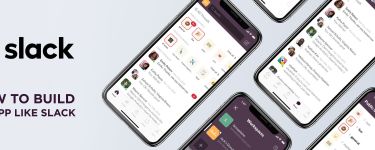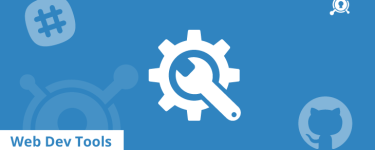Deliverables for Application Development: The Only Kickoff Checklist You’ll Ever Need
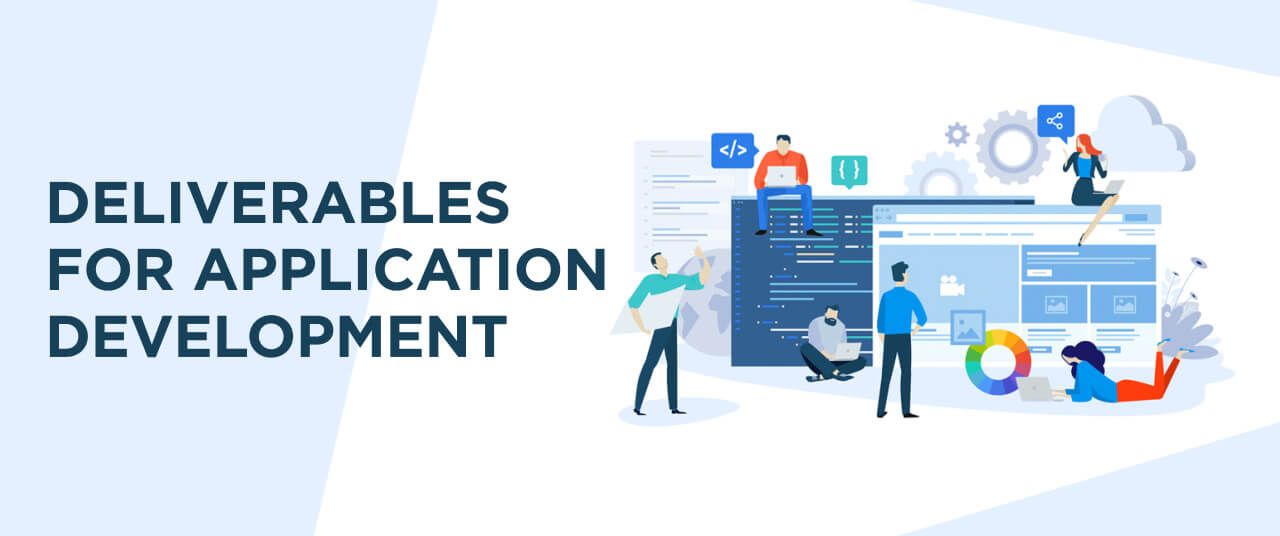
Did you know that 37% of projects fail due to a lack of defined project objectives and milestones? The process of developing software solutions can be tricky, time consuming, and expensive—and without tangible results, you won’t see any progress.
To avoid this situation, you should split your project into smaller chunks. These chunks—essentially, sub-results—are formally known as project deliverables. Deliverables are the actual items that come out of the project and accomplish your goals, such as wireframes and project plans.
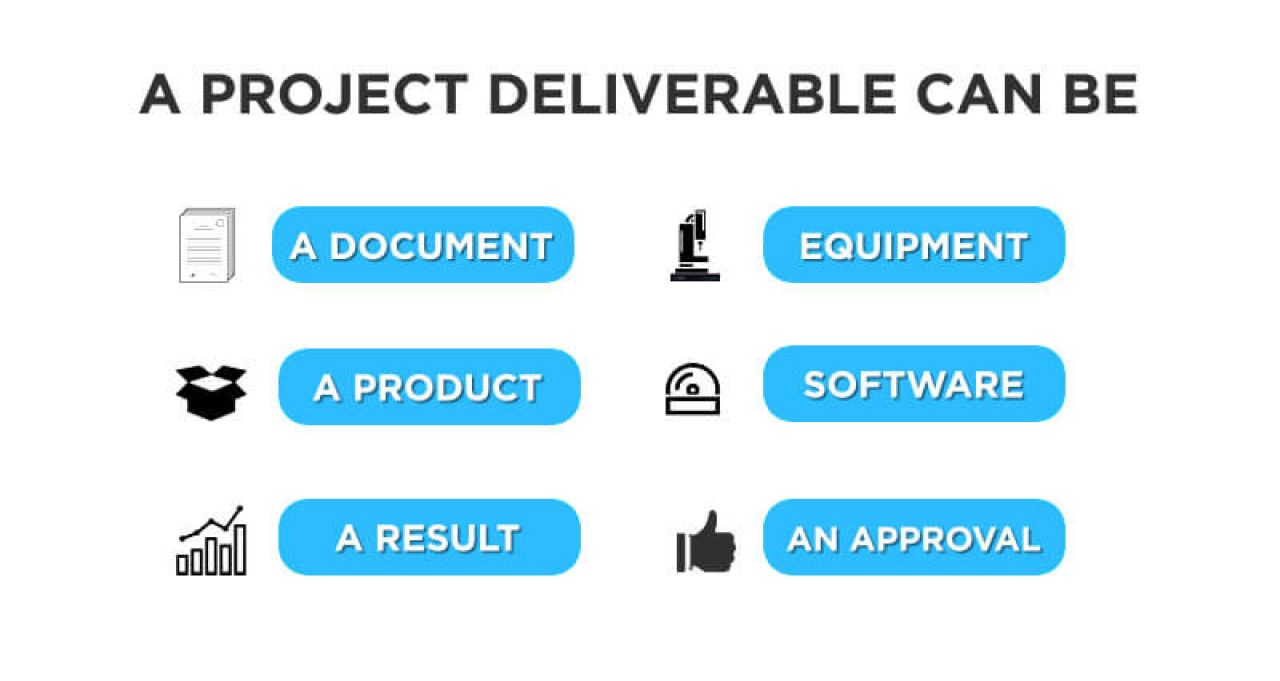
Having deliverables makes it easy to manage a project. Your development team members will work independently, and as more and more deliverables are completed, the project will progress toward the overall goal.
In this article, we define the key deliverables you should expect from your development team and outline their benefits in terms of how they make the process of app development simple and seamless. Let’s dive in!
Here’s What We’ll Cover
What Are Application Development Deliverables?
Application development deliverables refer to all outputs submitted during any of a development project’s phases. They help you reach the aims and objectives set before starting the project and act as a roadmap throughout the app development project.
A deliverable could be a report, document, software product, server upgrade, or any other building block of an overall project. A deliverable may itself be composed of multiple smaller deliverables.
Deliverables can be classified as internal or external. Internal deliverables help you accomplish your project objective. In simple terms, they are what’s required to execute a given project. External deliverables are the purpose for which the project is being conducted. Deliverables can also be dependable, meaning that once you have acquired a particular deliverable, you can then use it to build up to the next deliverable.
Application development deliverables need to be accepted early in the planning stage to accurately set expectations, allocate resources, and document them within a project plan. This way, you can refer to them throughout the project.
Deliverable vs. Milestone: What’s the Difference?
Next, let’s cover how deliverables differ from milestones and how both can help you achieve your objectives.
Project deliverables help you fulfill an objective, whereas milestones are the checkpoints along the way. They can gauge whether you’re on track and meeting goals. Milestones track which deliverables have been completed in each phase before you move on to the next. In other words, milestones move you along within a project, whereas deliverables are the tangible items you create. Both of them help you achieve your objective.
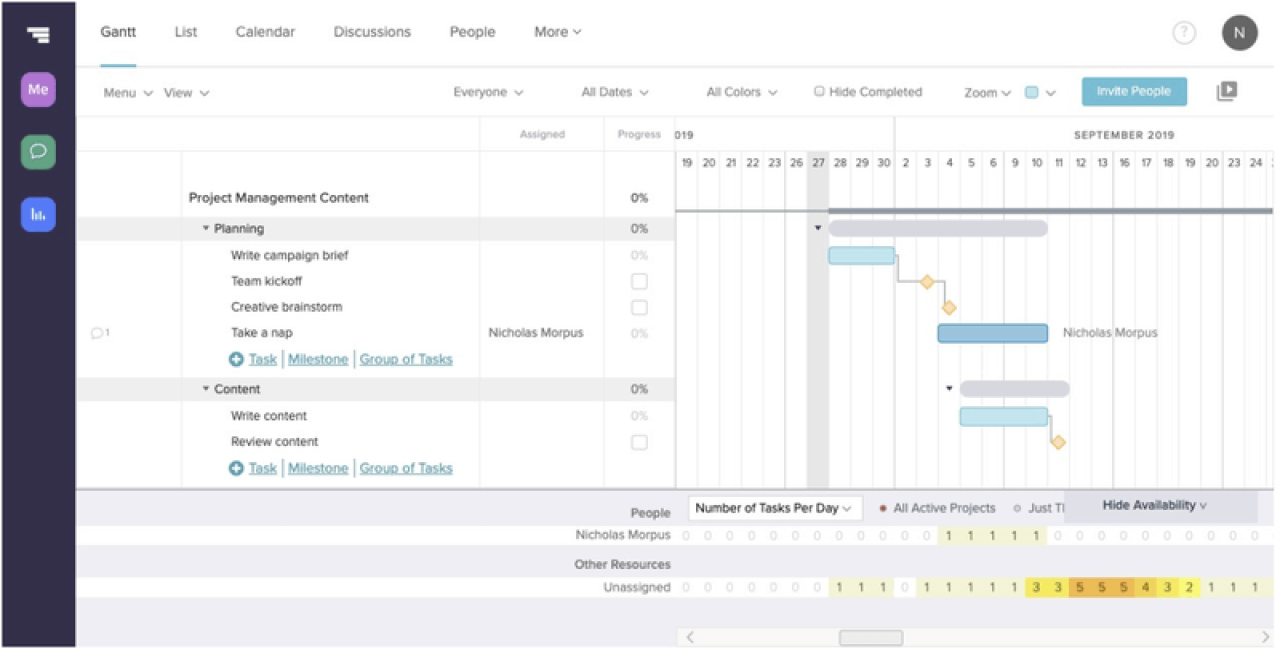
Milestones, which are usually represented by diamonds on a Gantt chart, break down the project’s timeline into phases. An example of that on the project management software
External vs. Internal Deliverables
Internal deliverables are anything intended primarily for you, rather than external stakeholders. They help rally your team by defining what will be created along the way. This type of deliverable can include scope of work documents, timelines with internal checks, or work breakdown structures.
Examples of internal deliverables in app development projects include:
- Budget reports
- Software tests
- Technical reference documentation
- Resource availability reports
External deliverables can be defined as any output that meets a client’s needs. You’ll pass these deliverables on to customers at various stages of the process. Examples of external deliverables include:
- Design files
- Concept presentations
- Product prototype or MVP
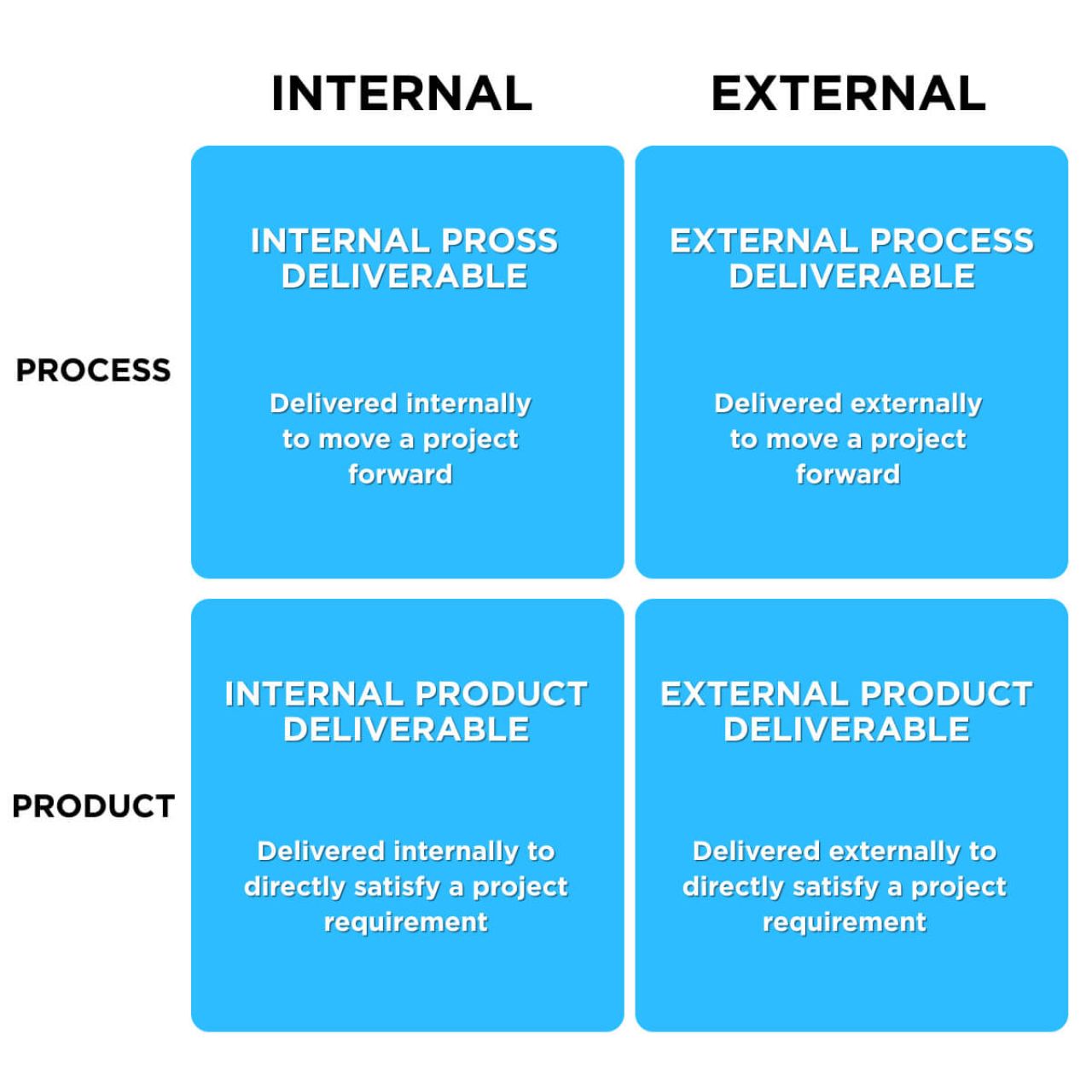
App Deliverables Checklist
Below, you’ll find examples of deliverables that will allow you to complete everything on time and under budget—though note that your list of deliverables might look a bit different depending on your objective.
Project Proposal
A project proposal is a document that contains important information about your project: title, start and end dates, objectives and goals, requirements, costs, and a descriptor of the proposed solution. As it is generally drafted in one of the early phases of your project, its time and budget estimates are quite rough.
Project proposals are not one size fits all. There are different types of proposals, each of which serves a unique purpose. The amount of detail needed when drafting proposals can also vary greatly.
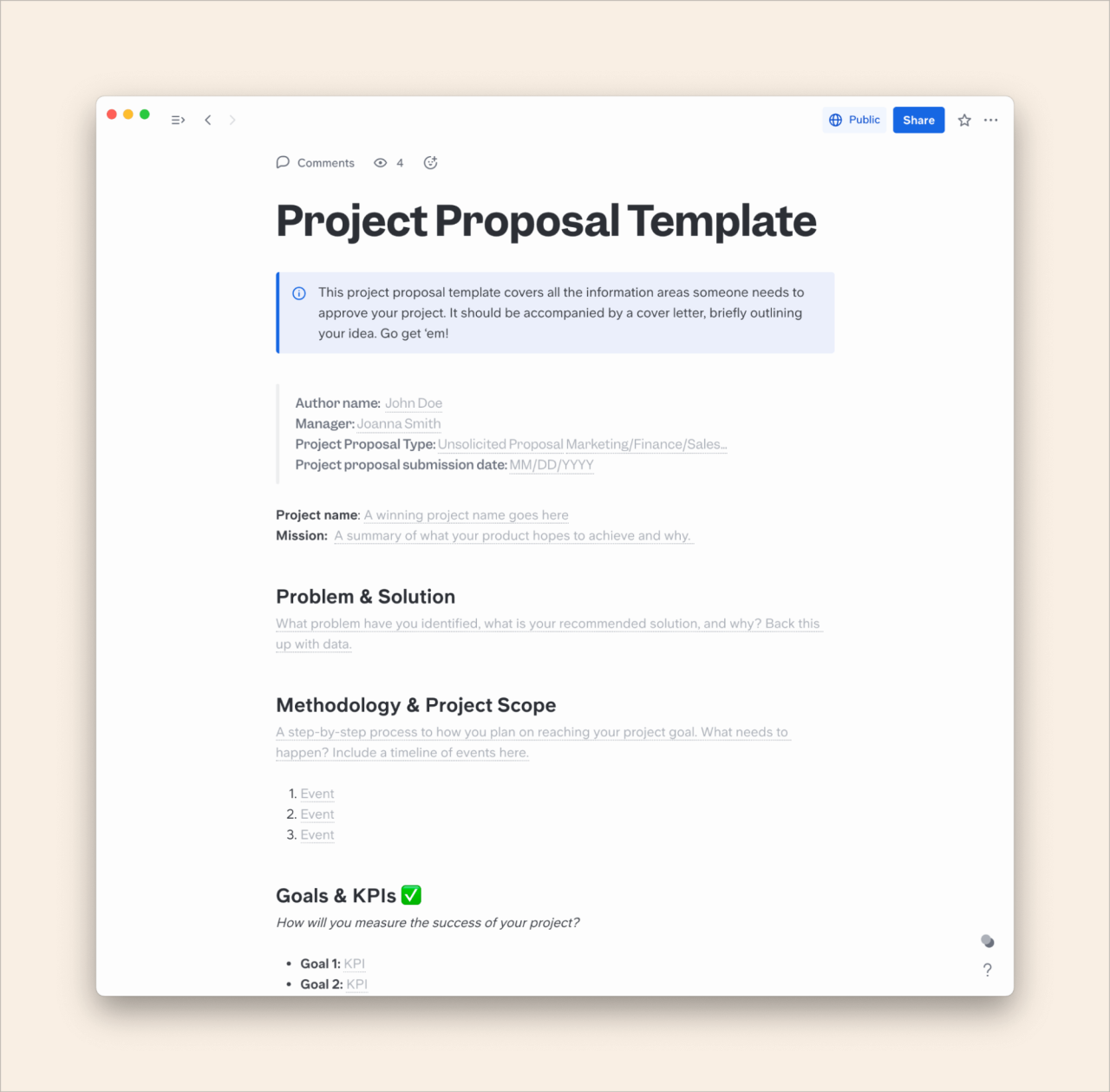
Note that a project proposal is not a contract, though it can be mistaken for a commercial offer. Stakeholders should only sign the project proposal in order to approve its content. Once the project proposal is signed and approved, the development team will proceed to develop documents such as the project charter, project plan, contract, and so on.
High-Level Project Plan
High-level project planning often involves establishing a project’s deliverables and requirements and then tracking them. This type of plan focuses on the milestones the team should achieve at various stages of the project. Managing a project’s goals, available resources, budget, and start and end dates can be challenging, but a high-level project plan enables you to obtain a clear overview of the project’s scope and necessary resources.
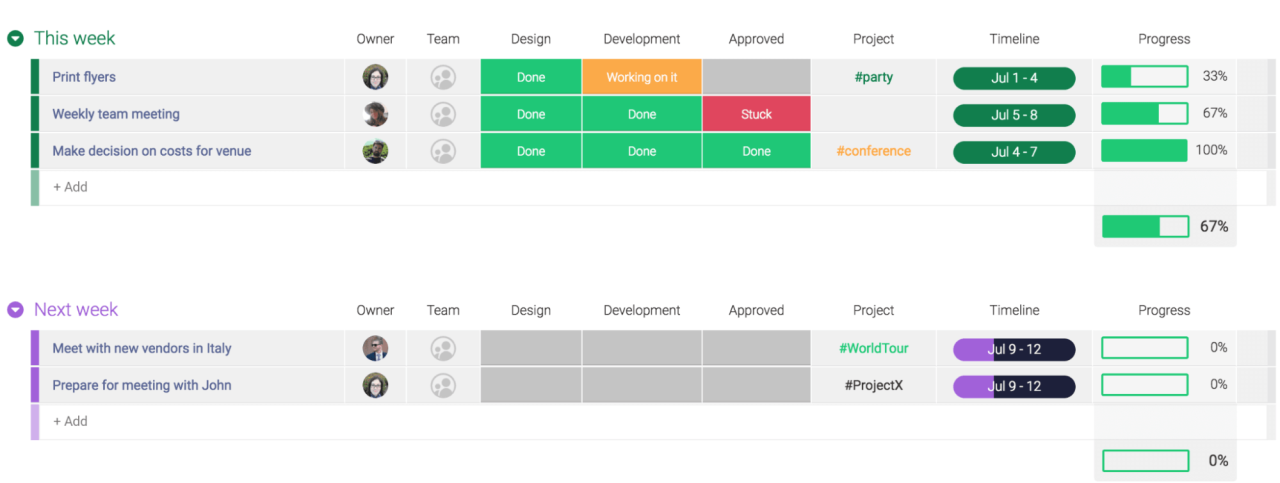
Design Documentation
Wireframes
A wireframe is a blueprint that helps you and your development team communicate about the structure of the app you’re building. You should note that, while the same screen can be built in many different ways, only a few will get your message across correctly and result in an easy-to-use app. Nailing down a good interface structure is one of the most crucial parts of app design. Doing this work before any code is written or the design is finalized will save you lots of time and painful adjustment work later.
Style Guide
A brand style guide is a rulebook that explains how your company presents itself to the world through its logo, font and color selections, and much more. In a nutshell, it’s a reference tool that helps maintain consistency in what a brand looks and sounds like. A style guide is essential because it helps your business communicate consistently across all teams and channels. This is particularly important given that inconsistency will confuse and alienate your customers.
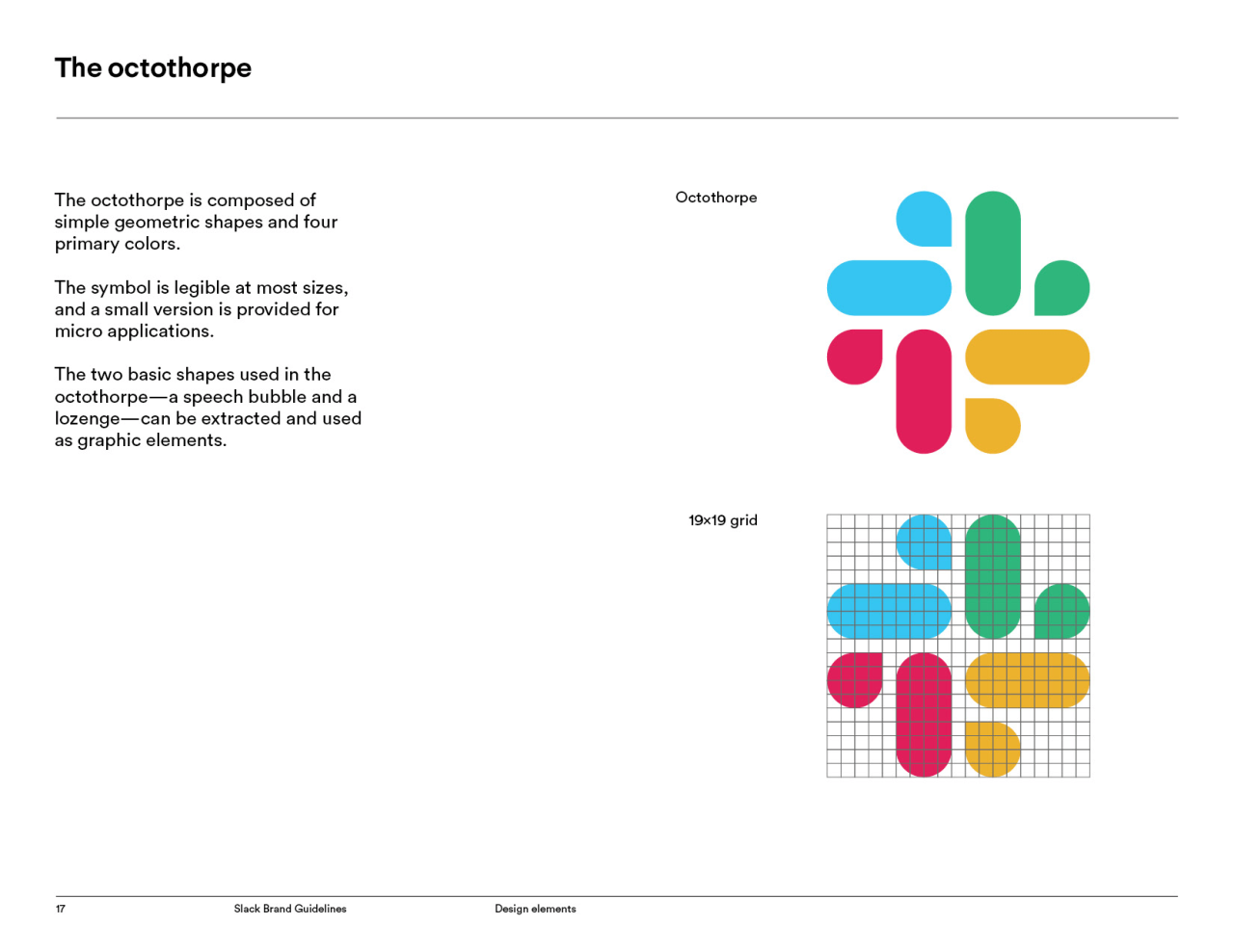
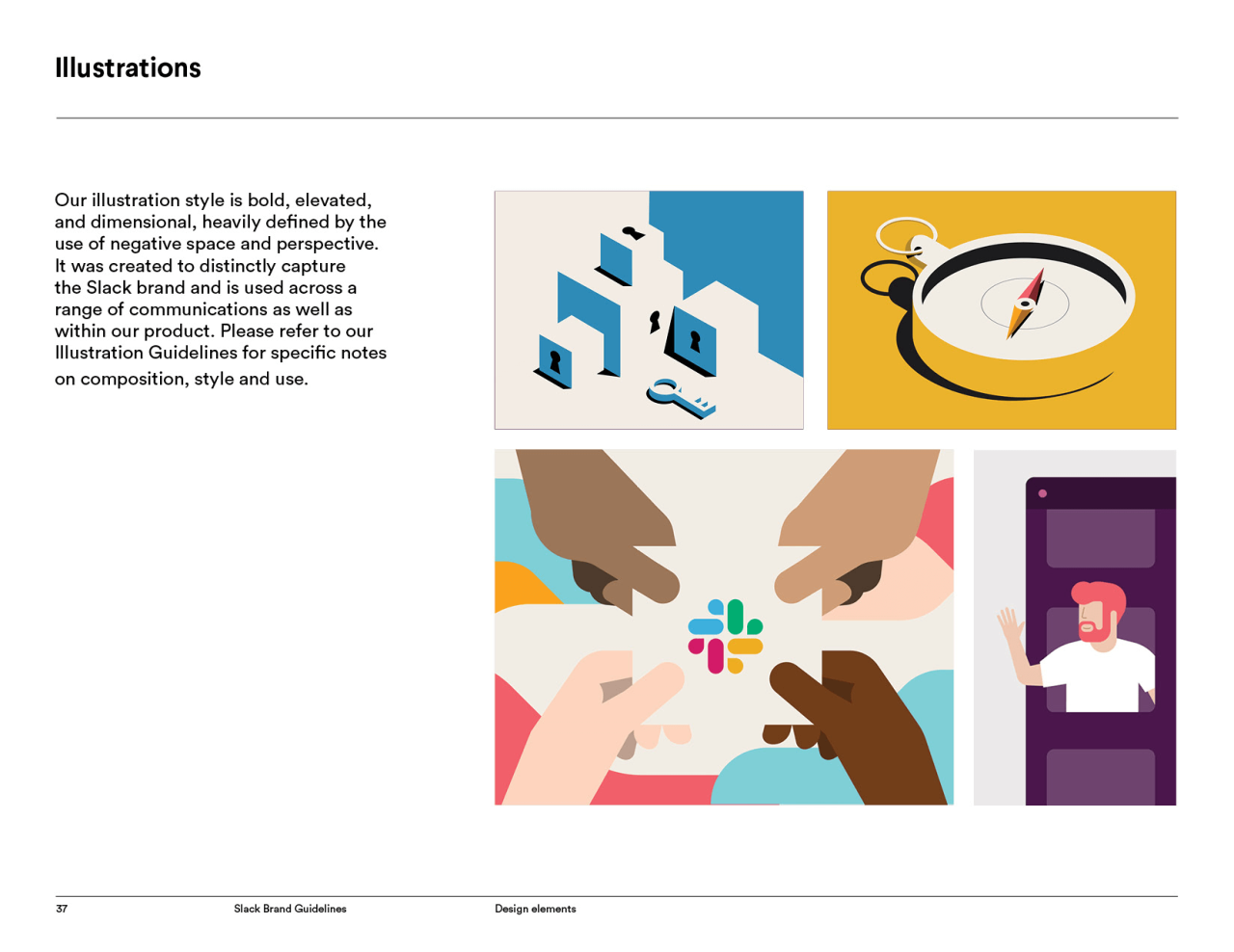
User Interface (UI) Design
UI design refers to the aesthetic elements through which people interact with a product, such as buttons, icons, menu bars, typography, and colors, among others. These interfaces should be not only functional but also easy to use and visually engaging.
Development Specifications
Log of User Stories
User stories define human-computer interactions from the user’s perspective. This document outlines possible interactions by taking into account all of a user’s motivations and expectations. A user stories document usually adopts the following structure:
As a <role>, I want <goal/desire>, so that <benefit>.
However, a shorter version is commonly used as well:
As a <role>, I want <goal/desire>.
Example: As a user, I want to download the app from the store, then register or log in, search photos by person’s name, view photos and updates, give likes, and upload media files.
Keep in mind that use cases sometimes don’t correlate with user needs. In such cases, a clear user stories document enables you to decide which use cases are necessary.
Agile development teams organize user stories in an intuitive, visual backlog, also called a user story map. This allows you to understand the functionality of the system and identify gaps and omissions.
Live Source Code
Usually, your source code can be stored on collaborative repositories such as GitHub or Bitbucket. Your development team must give you full access to these repositories so that you can do the following:
- Download a zip file of your code at any time
- Bring on a technical auditor to check the quality of the code
- Track daily progress and view all project change logs
- Submit code to another team, if needed
Running Code
The running code is the working version of the app and is also stored on platforms such as GitHub. This release-ready package typically contains the compiled source code, resources, manifest files, and so on. This file is signed with your certificate and optimized with the specific tool.
A .APK file, or an Android application package, is the package file format used to distribute and install apps onto Android operating systems. In the simplest terms, it’s an Android app. Likewise, a.ipa file is an iOS application archive file that stores an iOS app—simply put, it’s an iOS app.
README File
A README file is a document that is distributed with a piece of software. It contains basic and crucial information about the software, including installation or configuration instructions, contact information, licensing information, acknowledgments, and/or details about the software version. A poorly written README file can frustrate or bore your user, while an effective one can quickly provide them with basic facts about your program.
Host Server Login Credentials
At some point, you will be asked for your hosting credentials, which may be a confusing question for you.
In the simplest terms, this refers to a username and password as well as where to use that information. However, to a great extent, the correct answer will depend on who is asking. The request could be for any credentials. Examples include:
- Domain registrar’s login
- Hosting company’s client login
- Hosting control panel login
- FTP hosting details
- Website’s dashboard/admin login
Note that, whenever possible, you should attempt to limit the access other people have to your accounts to the lowest level possible.
Bug and Issue Documentation
Various points can be included in a bug report, but we have compiled the following list of indispensable elements:
- ID/name. This should be brief and correct. The best practice is to include the name of the feature where you found an issue.
- Description/summary. If the name is not sufficient, explain the bug in a few easy-to-understand words.
- Environment. Apps may behave differently depending on aspects of the environment, like the operating system, zoom level, and screen size.
- Console logs. Collecting console logs will make it much easier for your developers to reproduce and fix any errors.
- Source URL. To make it easier for developers to fix the problem, specify the URL of the page with the error.
- Visual proof. Visual elements will help your developers understand the issue better and faster.
- Steps to reproduce the error. Describe in detail the actions you took before you encountered the error.
- Expected versus actual results. Explain what you expected and how it differs from the result you got. Be as specific as possible.
You can also include details such as the severity, priority, name of the person reporting the bug, person assigned to fix the bug, or due date.
Still Have Questions? Drop Us a Line
You may want to ask us questions specific to your project, or you may just want to clarify your understanding of the concept of deliverables. Send us a message, and we’ll get in touch with you within 24 hours.

 (5 votes, average: 4.20 out of 5)
(5 votes, average: 4.20 out of 5)